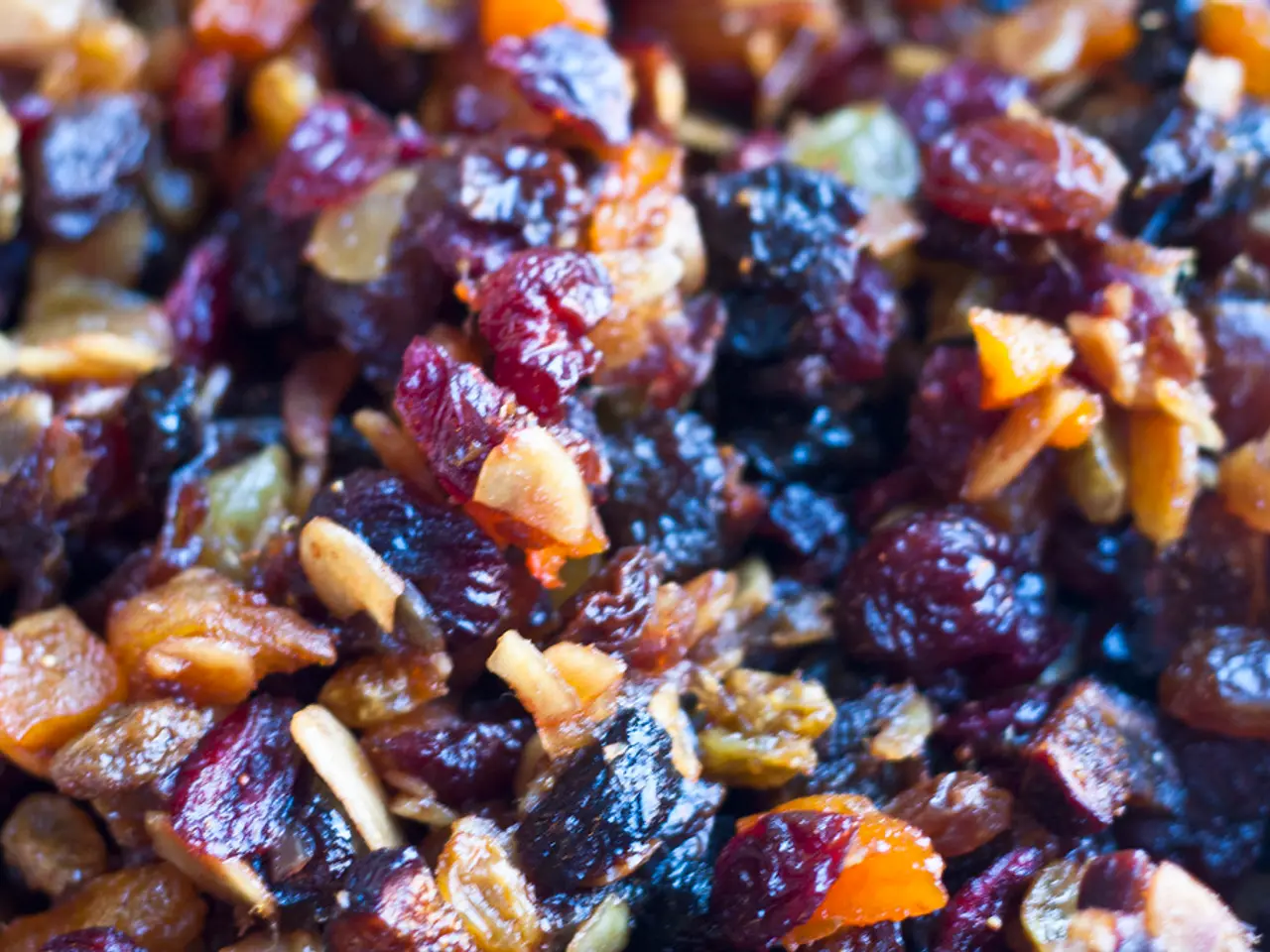Foods that can reduce triglyceride levels:
High triglyceride levels, also known as hypertriglyceridemia, can lead to a variety of health issues such as obesity, insulin resistance, type 2 diabetes, and pancreatitis. They are a risk factor for cardiovascular disease. Fortunately, there are steps you can take to lower your triglyceride levels through diet and lifestyle changes.
Foods to Avoid to Lower Triglycerides
To effectively manage triglyceride levels, it is important to avoid foods high in added sugars, refined carbohydrates, and unhealthy fats. Here are some foods to limit or avoid:
- Sugary foods and drinks such as sweets, cakes, candies, and sugary beverages.
- Processed and fatty meats including processed meat substitutes with high saturated fats and sodium, such as sausages and vegan deli meats.
- Salty snacks like chips and pretzels, which often contain unhealthy fats and excessive sodium, indirectly worsening triglyceride levels and cardiovascular risk.
- High intakes of refined grains and starches, which contribute to high triglycerides although not always explicitly listed, are generally discouraged in managing triglycerides.
Foods That Help Lower Triglycerides
Incorporating foods rich in omega-3 fatty acids, fiber, and healthy fats can help lower triglyceride levels and improve cardiovascular health. Here are some foods to include in your diet:
- Fatty fish (salmon, mackerel, sardines, and trout) are rich in omega-3 fatty acids, which specifically lower triglyceride levels and reduce cardiovascular risk.
- Nuts (almonds, walnuts) contain healthy unsaturated fats and fiber that improve lipid profiles.
- Oats and barley, rich in soluble fiber beta-glucan, help reduce cholesterol and may support triglyceride management.
- Avocado, which is high in monounsaturated fats and fiber, can improve lipid levels by lowering LDL and may help triglycerides.
- Flaxseeds and chia seeds, containing soluble fiber and plant compounds, support lowering LDL cholesterol and triglycerides.
- Fruits and vegetables such as apples, berries, tomatoes, carrots, and garlic provide fiber and bioactive compounds beneficial for lipid control.
- Legumes (lentils, beans) with soluble fiber help slow digestion, reduce cholesterol absorption, and stabilize blood sugar, indirectly benefiting triglycerides.
- Olive oil, especially high-polyphenol extra virgin olive oil, contains monounsaturated fats that reduce LDL cholesterol and benefit overall lipid profiles.
- Green tea and turmeric may also contribute to lowering triglycerides through antioxidant and anti-inflammatory effects.
Additional Beneficial Foods
Amla, fenugreek seeds, and the bark of the Arjuna tree have traditional uses linked with reducing cholesterol and triglycerides. While more clinical evidence may be needed, these foods may offer potential benefits.
In conclusion, focus on a diet low in added sugars and refined carbs, avoid processed and high-fat meats, and increase intake of omega-3-rich fish, nuts, fiber-rich grains, fruits, vegetables, and healthy fats like olive oil and avocado to effectively lower triglyceride levels and improve cardiovascular health.
- Dermatitis, psoriasis, and other skin conditions may worsen due to high triglyceride levels, which can also lead to obesity, insulin resistance, type 2 diabetes, and pancreatitis.
- Triglycerides are a predictive factor for developing bipolar disorder, ulcerative colitis, and HIV, highlighting the importance of managing triglyceride levels for overall health-and-wellness.
- Atopic individuals should pay careful attention to their triglyceride levels as they may be at a higher risk for conditions associated with high triglycerides.
- Foodandfoodbenefits that are high in added sugars, refined carbohydrates, and unhealthy fats, such as sugary foods and drinks, processed and fatty meats, and salty snacks, should be limited or avoided to lower triglyceride levels.
- Othernutrition habits that contribute to high triglycerides include high intakes of refined grains and starches, which provide minimal nutritional value and negatively impact lipid control.
- Omega-3 fatty acids found in foods like fatty fish, nuts, and seeds can help lower triglyceride levels and reduce cardiovascular risk.
- Foods such as oats, barley, avocado, flaxseeds, chia seeds, fruits, vegetables, legumes, and olive oil provide beneficial nutrients like fiber, healthy fats, and antioxidants that support triglyceride management.
- Traditional uses of amla, fenugreek seeds, and the bark of the Arjuna tree include lowering cholesterol and triglycerides, although more clinical evidence is needed to confirm their potential benefits.
- Maintaining a healthy diet rich in foods that lower triglycerides can also support the management of conditions like diabetes, arthritis, and depression.
- Niacin, a vitamin found in foods like meat, fish, and fortified cereals, can help lower triglyceride levels in some individuals, but can cause side effects such as flushing and liver damage with excessive use.
- Regular exercise and fitness-and-exercise, along with a healthy-diets focused on triglyceride management, can help decrease the risk of cardiovascular disease and other health conditions associated with high triglycerides.
- Science continues to uncover more about the relationship between triglycerides, other nutrition factors, and overall health, emphasizing the importance of making informed food choices for a healthy lifestyle.




